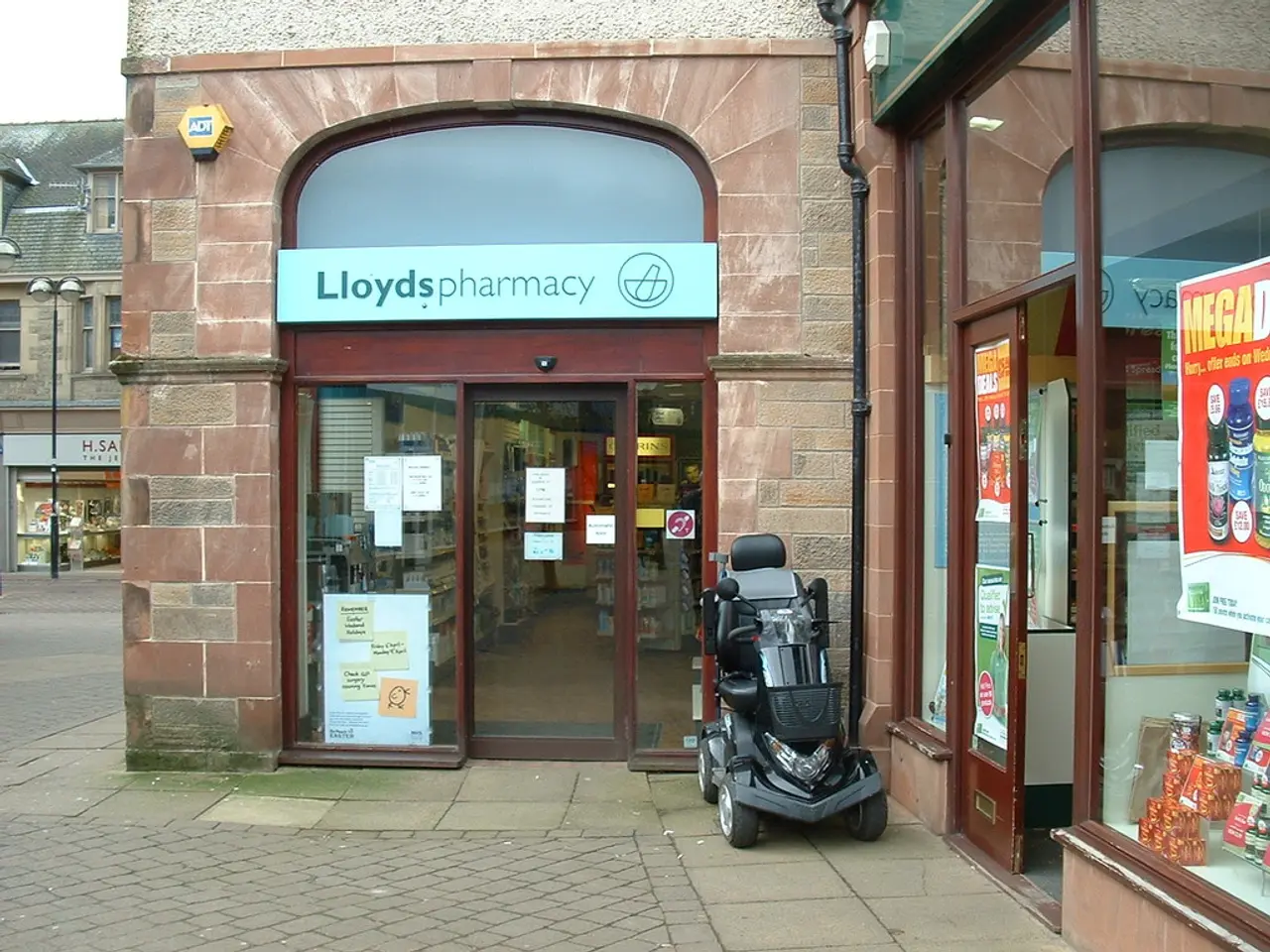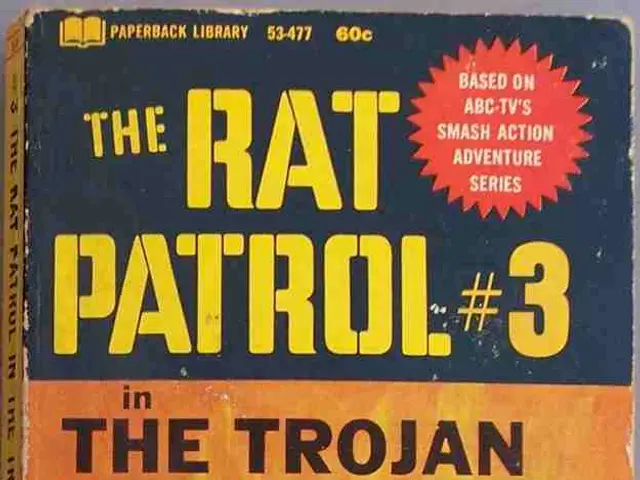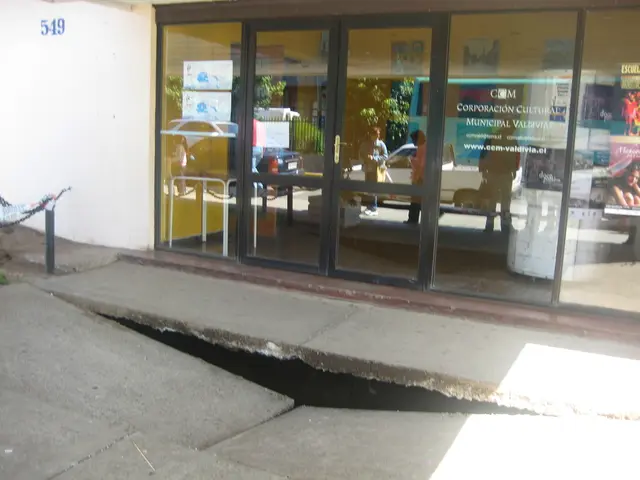Examining the Effects of Generic Drug Shortages within the Pharmaceutical Sector
Drug shortages, particularly of sterile injectables and critical non-injectable medications, continue to pose a significant public health challenge in the United States. A variety of factors contribute to these shortages, including supply chain fragility, tariffs on imported raw materials, thin profit margins for generic manufacturers, and geographic concentration of production.
Root Causes and Systemic Vulnerabilities
One of the main issues is the supply chain fragility of many generic drugs, which often rely on a limited number of overseas suppliers for key starting materials (KSMs) and active pharmaceutical ingredients (APIs). This makes the supply chain susceptible to geopolitical and trade disruptions.
Another factor is the geographic concentration of production, with API production heavily concentrated in Asia. Any disruption in this region, such as COVID-19 lockdowns or new tariffs, can cause cascading shortages globally.
Generic manufacturers operate on thin margins, making them sensitive to cost increases from tariffs or supply disruptions. This can lead to reduced production or manufacturers exiting the market, which exacerbates shortages.
Regulatory and contracting practices also play a role. Payment and purchasing contracts often do not adequately incentivise supply chain resilience or reward diversification of suppliers and manufacturing sites.
Strategic Approaches to Mitigate Shortages
Long-Term Systemic Reforms
To address these issues, long-term systemic reforms are necessary. These include the development of early-warning systems, diversification of supply, incentivising resilient contracting, and supporting the reshoring or near-shoring of critical manufacturing.
Multi-stakeholder groups, such as the Drug Shortage Task Force, can coordinate resources and advocacy to address both immediate crises and underlying structural issues.
Immediate Steps for Generic Manufacturers
In addition to these long-term reforms, generic manufacturers can take immediate steps to manage and mitigate risk. These include assessing and updating their risk management strategy, employing strong supply chain processes, improving data sharing, implementing Current Good Manufacturing Process (CGMP), exploring partnerships with 503B outsourcing facilities, and investigating expire date extension.
Special Considerations for Injectable vs. Non-Injectable Drugs
Sterile injectables are particularly prone to shortages due to complex manufacturing requirements, limited production capacity, and stringent regulatory oversight. Geographic diversification and investment in domestic sterile manufacturing capacity are critical, although costly, solutions.
Non-injectables may have slightly more flexibility in sourcing and formulation adjustments. However, the same principles of diversification, safety stock, and dual sourcing apply.
Policy and Industry Recommendations
To mitigate the impact of tariffs on pharmaceutical imports, industry and government must work together to ensure that unintended consequences, such as reduced competition and exacerbated shortages—especially for generics—are minimised.
Investment incentives, such as tax breaks and grants, can be provided for companies that invest in supply chain resilience, domestic manufacturing, and advanced inventory management technologies.
Real-time data sharing between manufacturers, regulators, and healthcare providers can facilitate early detection and response to potential shortages.
Conclusion
Mitigating drug shortages in the U.S. generics industry requires both immediate operational steps, such as dual sourcing, intelligent inventory management, and enhanced supply chain transparency, and long-term systemic reforms, including geographic diversification, reshoring of critical manufacturing, and policy changes that reward resilience.
Clarkston's website provides information on how to work through the assessment and/or implementation of recommendations to manage and mitigate risk. They offer Life Sciences Supply Chain Consulting services to help generic pharmaceutical companies improve their shortages.
From 2017 to 2021, the U.S. Food and Drug Administration (FDA) received 731 manufacturer "supply chain issue reports," with 113 drugs having a "meaningful" shortage. Shortages of controlled APIs, such as those used for Schedule II drugs that treat attention-deficit/hyperactivity disorder (ADHD), have been ongoing. The manufacturing process for generic injectable drugs is complex.
Many of these shortages lasted for more than a year, and the median age of the drug was 17 years. Central nervous system (CNS) agents, antimicrobials, hormone agents, chemotherapy, fluids, and electrolytes are among the top five classes of drugs affected by shortages. Generic drugs account for nearly 90% of prescriptions in the U.S.
The DEA controls the production levels of these controlled APIs and requires manufacturers to provide actual sales data to determine demand requirements. The U.S. Pharmacopeia (USP) identified that economic pressures and broken contracts have caused shortages in the generic medicine supply chain. Generic injectables have posed an ongoing challenge over the past 20 years.
Initial investigation by the American Society of Health-System Pharmacists (ASHP) has shown that in 60% of cases, manufacturers do not know or do not provide reasons why their drugs fall into short supply. Lack of investment in improved/updated equipment, the ability to reshore production, and not ensuring quality controls are in place leads to a high level of generic drug discontinuation.
There are currently only seven manufacturers of generic injectable drugs. The generics industry is experiencing a high frequency of drug shortages. Clarkston's services can help generic pharmaceutical companies address these challenges and improve their supply chain resilience.
- The fragility of the supply chain in many generic drugs, relying on a limited number of overseas suppliers, is a significant issue.
- Geographic concentration of API production, heavily in Asia, makes the supply chain susceptible to disruptions.
- Generic manufacturers operate on thin margins, making them sensitive to cost increases.
- Regulatory and contracting practices do not adequately incentivize supply chain resilience or reward diversification of suppliers and manufacturing sites.
- Early-warning systems are necessary for long-term systemic reforms.
- Diversification of supply and incentivizing resilient contracting are crucial long-term reforms.
- Multi-stakeholder groups can coordinate resources and advocacy to address both immediate crises and underlying structural issues.
- Generic manufacturers should assess and update their risk management strategy.
- Strong supply chain processes are essential for generic manufacturers.
- Improved data sharing is necessary for generic manufacturers.
- Current Good Manufacturing Process (CGMP) should be implemented by generic manufacturers.
- Partnerships with 503B outsourcing facilities can be explored by generic manufacturers.
- Expire date extension can be investigated by generic manufacturers.
- Sterile injectables are prone to shortages due to complex manufacturing requirements.
- Geographic diversification and investment in domestic sterile manufacturing capacity are critical, although costly, solutions for sterile injectables.
- Non-injectables may have slightly more flexibility in sourcing and formulation adjustments.
- The same principles of diversification, safety stock, and dual sourcing apply to non-injectables.
- To minimize the impact of tariffs on pharmaceutical imports, industry and government must work together.
- Investment incentives can be provided for companies that invest in supply chain resilience, domestic manufacturing, and advanced inventory management technologies.
- Real-time data sharing can facilitate early detection and response to potential shortages.
- Mitigating drug shortages requires both immediate operational steps and long-term systemic reforms.
- Geographic diversification is a long-term systemic reform crucial for addressing drug shortages.
- Reshoring of critical manufacturing is a long-term systemic reform needed for drug shortage mitigation.
- Policy changes that reward resilience are necessary for long-term systemic reform.
- Clarkston's website provides information on improving shortages through Life Sciences Supply Chain Consulting services.
- From 2017 to 2021, the FDA received 731 manufacturer "supply chain issue reports."
- Shortages of controlled APIs, such as those used for Schedule II drugs that treat ADHD, have been ongoing.
- Many of these shortages lasted for more than a year, and the median age of the drug was 17 years.
- Central nervous system (CNS) agents, antimicrobials, hormone agents, chemotherapy, fluids, and electrolytes are among the top five classes of drugs affected by shortages.
- The manufacturing process for generic injectable drugs is complex.
- The DEA controls the production levels of these controlled APIs and requires manufacturers to provide actual sales data to determine demand requirements.
- The U.S. Pharmacopeia (USP) identified that economic pressures and broken contracts have caused shortages in the generic medicine supply chain.
- The generics industry is experiencing a high frequency of drug shortages, and Clarkston's services can help generic pharmaceutical companies address these challenges and improve their supply chain resilience.








